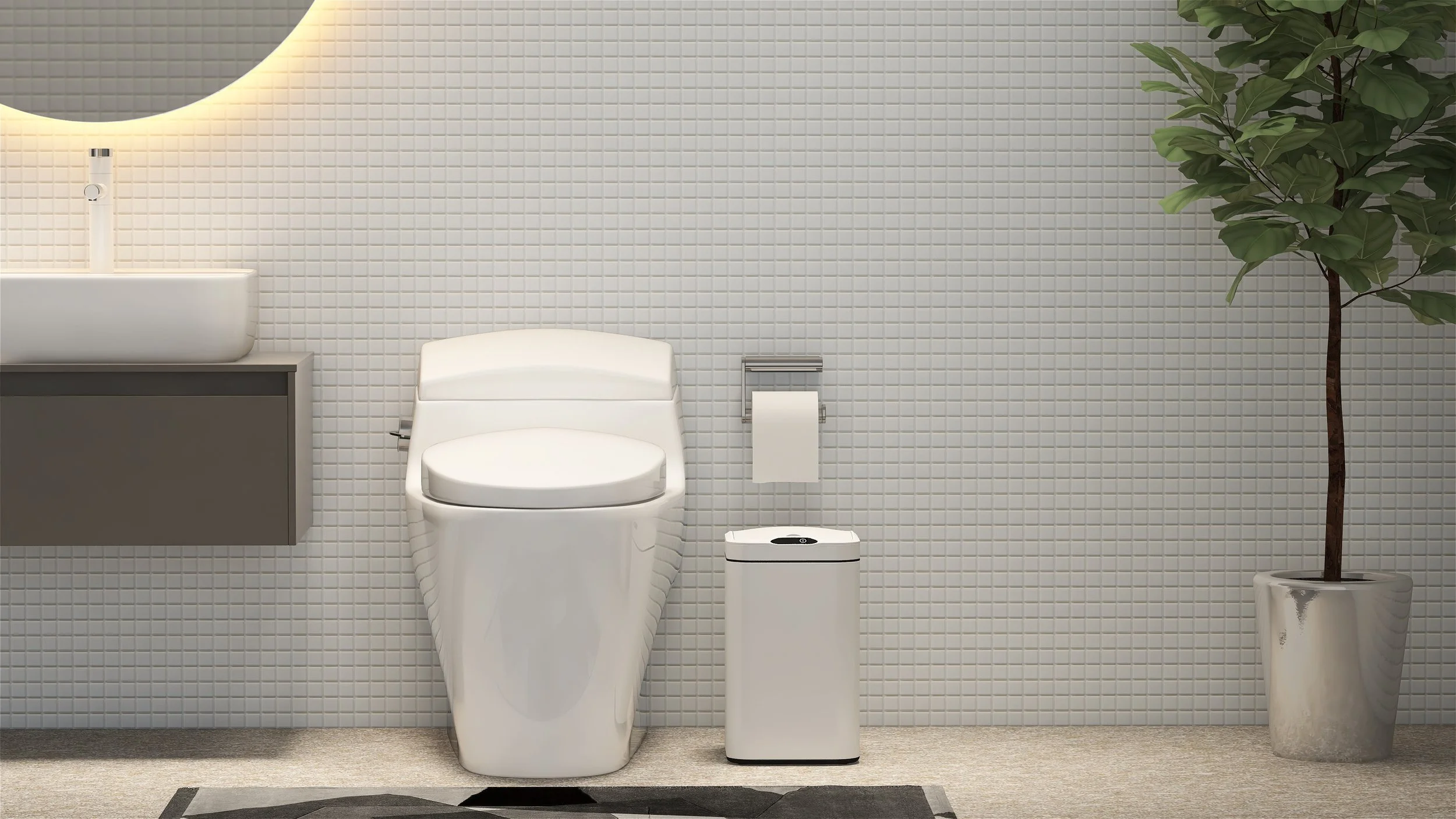What's your number? How to measure square footage
BY DAN KOLBERT
One of the first questions that typically gets asked about a house is, “How many square feet is it?”
The answer, though, may not be particularly accurate or useful. As it turns out, there are many different ways to measure a home’s square footage, depending on the industry or what the measurement is being used for. First off, what is included? What isn’t? I spoke with Julia Bassett Schwerin, a Green and Smart Home Certified Realtor and owner of Maine Green Broker. She said:
Architects measure inside and out, using sophisticated vector- based CAD software. Appraisers measure the exterior gross square feet, as do surveyors. Builders and developers think in terms of cost per square foot, but not so much the average realtor.
Assessors measure the footprint including decks, porches and stoops as well as the interior finished or living space (including interior walls and stairs but excluding basements, attics and garages) and these numbers are published on the property card or online database.
There are some anomalies. Assessors typically will only consider the square feet you can stand upright in when measuring the second floor of a cape even if there is no knee-wall. The bottom floor of a split or raised ranch is considered below ground even if it has a walk-out door on one side. And the three-season room is a toss-up.
In real estate listings there is a differentiation between square feet above ground and square feet below ground of finished space. I think most people consider below ground finished space on par with above ground, but not everyone does.
Right off, a number that sounds like it has precision is subject to questioning. As a builder, I am mostly interested in how much material I will need to build a house, so I want to know the dimensions to the exterior of the walls. A homeowner, however, is probably more interested in usable space, so would want to know the interior dimensions. And even that can be subject to interpretation – if you took the dimensions of all the rooms and added them together, it would not match the overall dimensions, since it wouldn’t include the thicknesses of the interior walls.
SO WHY DO WE EVEN WANT TO KNOW THE NUMBER?
The most typical use is my least favorite – cost per square foot. Unless you are a tract home builder, building a small variety of home designs over and over, it’s very hard to come up with an abstract square foot cost. It’s like asking, “How much does a car cost per pound?” – it’s not necessarily a relevant metric. There are many variables that will have far more impact on the cost of a project than adding or subtracting 100 sf from a 2,000 sf home.
In performance metrics, square footage can be more useful. There are various valuable measurements we can take once we know the square footage:
ENERGY USAGE INTENSITY
As the name suggests, this measures how much energy is consumed by a building during normal operations over the course of a year. Its most common usage is for commercial property managers, to compare the performance of various properties. Office buildings, restaurants, manufacturing plants would all have different EUI benchmarks. Click here for a Canadian government calculator.
BTU/SF
This is a narrower measure of energy usage. It measures how much energy it takes to heat or cool a building. Btu stands for British Thermal Units and is the standard measure for heat. Specifically, it measures the energy required to heat one pound of water by one degree Fahrenheit.
This is one of the critical measurements for PassivHaus certification. There are very low thresholds for heating (and cooling) per sf, as well as thresholds for total energy use per sf. You can and more information at the PassivhausMaine website. It’s also worth noting that Passivhaus measures area in its own way – it only measures the interior space of all rooms, so even the interior walls don’t count toward the area.
AIR LEAKAGE (volume vs. shell sf)
As I discussed in a previous column on air tightness, this measurement is the amount of air escaping out of (or into) the house under a defined pressure. It’s then divided by the volume of the house, which is essentially the square footage times the ceiling height.
Related to air leakage, if your house is airtight enough to need ventilation (and any new home should be), you will use that volume number to determine the required ventilation rates. The measurement here is air changes per hour (ACH). Take the airflow of your system, measured in cubic feet per minute (CFM), and divide the volume of the house by that number to see how long it would take to replace the entire volume of air in the house.
For instance, a 1,600 sf, two-story house (800 sf per floor) with 8’ ceilings and a foot in between for the floor framing would have a volume of 13,600 cubic feet (800 sf X 17 ft [8’+1’+8’]). A fan rated at 100 cfm would take 136 minutes to replace the volume (13,600 divided by 100), or 0.44 ACH (60 divided by 136).
The most widely used standard for residential ventilation is called ASHRAE 62.2. It mandates a certain rate per occupant, which obviously can change over time, but says that the minimum rate is 0.35 ACH, so in our example, we would have sufficient ventilation. The Maine Indoor Air Quality Council has an excellent section on residential indoor air quality (IAQ) here, and Mike Maines goes into more depth on the topic in his Building Science 101 column on ventilation.
There are various design principles that are related to square footage as well.
Glazing as a percentage of square footage
The tradeoffs between natural lighting and heat loss in the winter and overheating in the summer all need to be considered. Typically, window area is about 15-30% of floor square footage. But the orientation of the windows (typically minimizing north for heat loss and west for overheating, making more generous use of south and east facing), performance (see my article on windows), and shading all can have an impact on decisions. Room size is also a factor — you want the natural light to be able to shine deep into any room.
Does your layout use your square footage efficiently?
Or is there space gobbled up by hallways, single-purpose rooms that rarely get used, rooms that are far larger than they need to be, large entrances that are more than one floor (“Lawyer foyers” as we builders call them), and interior space for storage that could be in unconditioned spaces?
Is there a good ratio between floor square footage and shell square footage?
In other words, is the shape of your house compact, or long and spread out? More than floor area, the area of the exterior walls really determines how hard it will be to keep your house warm. An 1,800 square foot home that is two stories at 30’x30’ will be much easier to heat than a single-story home that is 30’x60’.
Few people want to live in a cube with as few windows as possible. A thoughtful designer will help you to balance efficiency, comfort, beauty and function. G&HM
This article appeared in the Fall 2020 edition of Green & Healthy Maine HOMES. Subscribe today!
Click here to find Maine experts that specialize in healthy, efficient and sustainable homes: Builders & designers, heating/cooling systems, insulation & air sealing, landscaping, renewable energy, realtors, finance programs and more in the Green & Healthy Maine Green Homes Business Directory.








